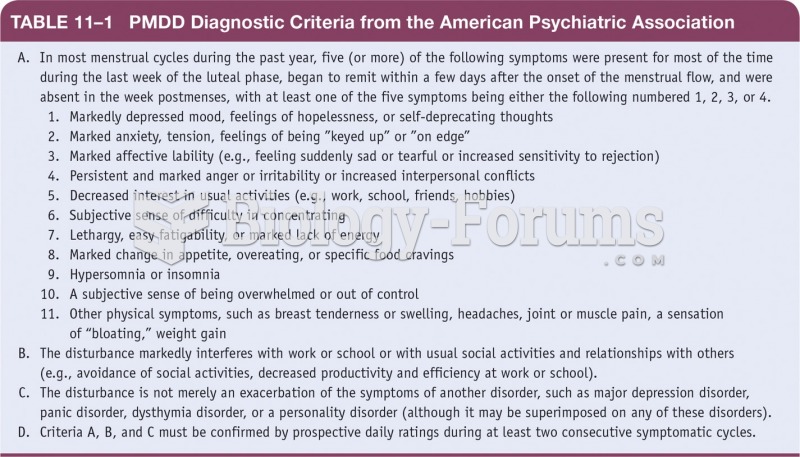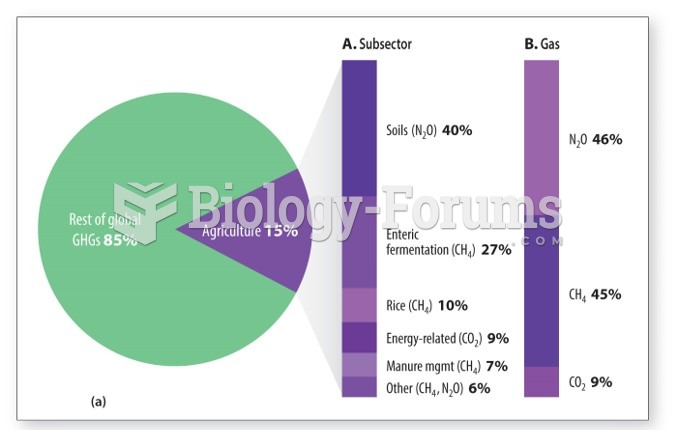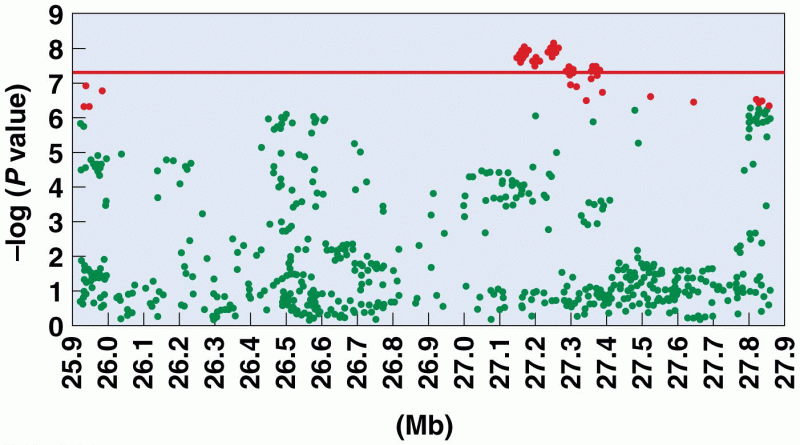In Ballalatak v. All Iowa Agriculture Association, where Ballalatak contended that he was fired for inquiring into whether the company was fulfilling its workers' compensation obligation and the general manager claimed he was fired for insubordination, the Iowa state supreme court held that Ballalatak:
a. could not sue for wrongful discharge because he was not fired on the same day that he made the inquiry about the injured workers' compensation
b. should have been awarded damages of up to 10,000 for wrongful discharge
c. could sue for wrongful discharge because Iowa law protects an employee who advocates internally for another employee's workers' compensation claims
d. could sue for breach of his rights as a manager to ensure proper compliance with state law inside the company
e. none of the other choices are correct
Question 2
Restraint of Trade. The National Collegiate Athletic Association (NCAA) coordinates the intercollegiate athletic programs of its members by issuing rules and setting standards governing, among other things, the coaching staffs. The NCAA set up a Cost Reduction Committee to consider ways to cut the costs of intercollegiate athletics while maintaining competition. The committee included financial aid personnel, intercollegiate athletic administrators, college presidents, university faculty members, and a university chancellor. It was felt that only a collaborative effort could reduce costs while maintaining a level playing field. The committee proposed a rule to restrict the annual compensation of certain coaches to 16,000. The NCAA adopted the rule. Basketball coaches affected by the rule filed a suit in a federal district court against the NCAA, alleging a violation of Section 1 of the Sherman Antitrust Act. Is the rule a per se violation of the Sherman Act, or should it be evaluated under the rule of reason? If it is subject to the rule of reason, is it an illegal restraint of trade? Discuss fully.







